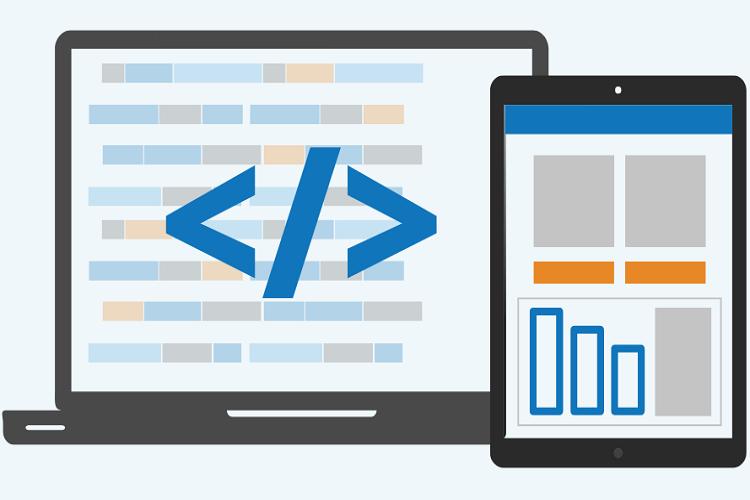
Enterprises are in tremendous need of agility in the current competitive hybrid landscape, which is possible only by quick and seamless adoption of digital technology platforms like portals, mobile apps, data and analytics platforms, and others.
However, traditional development methods fail to meet the business agility and transformation needs. This is where the need for a rapid application development methodology arises. Low code or no-code platforms fulfill this need.
Low code development has been in the business for many years. However, due to the increasing demand for digital transformation over the last couple of years, the adoption of low code development has increased exponentially and moved toward mainstream implementation.
Over the last decade, the enterprises looked away from low code platforms due to a lack of confidence in building enterprise-grade applications. However, enterprise-grade applications cannot be developed using low code platforms without much customization and complex coding. This is where the no-code platforms come into the game. Due to advanced capabilities introduced by players like Mendix, Microsoft among others, the low code platform has swiftly become a platform of choice for citizen developers, including software developers and IT teams.
Key benefits
Some of the key benefits that will drive the low code deployments in the year ahead are:
- Visual drag and drop development: Developers can drag-and-drop visual components, connect them into a workflow process, and achieve the required functionality with negligible code. This enables development by non-IT folks. Low-code platforms allow the C-suite to accelerate its digital transformation efforts even when the industry is facing a continuous shortage of highly trained developers.
- Business and technology are aligned: Low code facilitates greater collaboration between the business users, IT teams, and the developers, helping them improve the outcome. It empowers everyone in the team to give and take effective feedback for everyone to see.
- Makes processes simple: A low code platform like Mendix comes with storyboarding, component reusability, etc., which simplifies the development process. Iteration of apps and releases is possible because of the agile environment in low-code development that permits cross-platform functionality without much extra effort. It enables business and technology leaders to collaborate rapidly to innovate and solve some of the most pressing issues.
- Highly secure and scalable: Low code platforms enable the building of secure and scalable applications.
- Automation: Low code can help digitalize processes like quickly automating paper-based processes for greater efficiency, reducing the time-to-market, and improving quality. In addition, it also offers technology leaders capabilities to test and develop new applications and sightsee the AI/ML capabilities without considerable time and money investment.
How's no code different from low code?
While there may be many similarities between the low code and no-code platforms, there is a significant difference in programming and consumption.
Low code development requires some coding effort from the users to build and deliver the applications quickly. Even organizational users with some coding skills can take a shot at low code development. However, enterprise-grade applications cannot be developed using low code platforms without much customization and some complex coding. This is where the no-code platforms come into the game.
Non-technical users in various businesses with specific application requirements could benefit from no-code platforms. No code enables 100% citizen development. Citizen developers can quickly build, test, and deploy their business applications easily and within the possibilities of no-code platforms.
The road ahead
According to Gartner, the low code development market is expected to grow at 22.6% from 2020 to USD 13.8 billion in 2021. Within the overall low-code ecosystem, the demand for low-code application platforms (LCAPs) is likely to witness a growth of 30% from 2020 to reach USD 5.8 billion in 2021.
While low-code platforms are a powerful concept to get quick wins and significantly improve the ability to innovate in these transformative times, an organization needs to consider a few things while embracing the low-code platforms. Enterprise leaders should work closely with their tech partners to evaluate platform capabilities, business suitability, establish robust change management and cultural readiness to achieve low-code success.
The author is CTO at Indium Software

 In
In
Add new comment